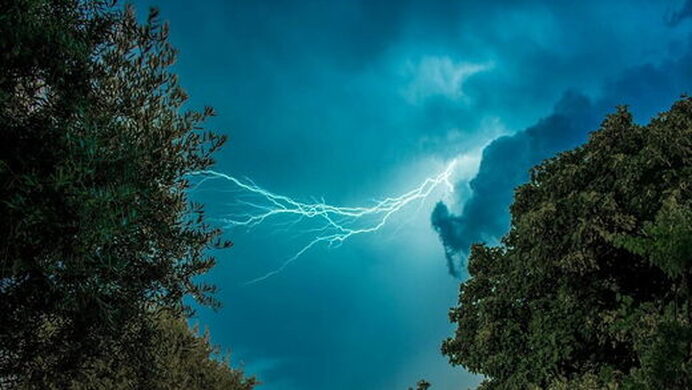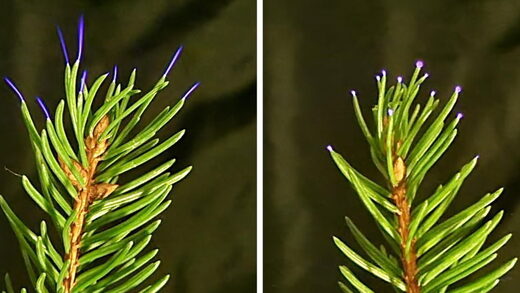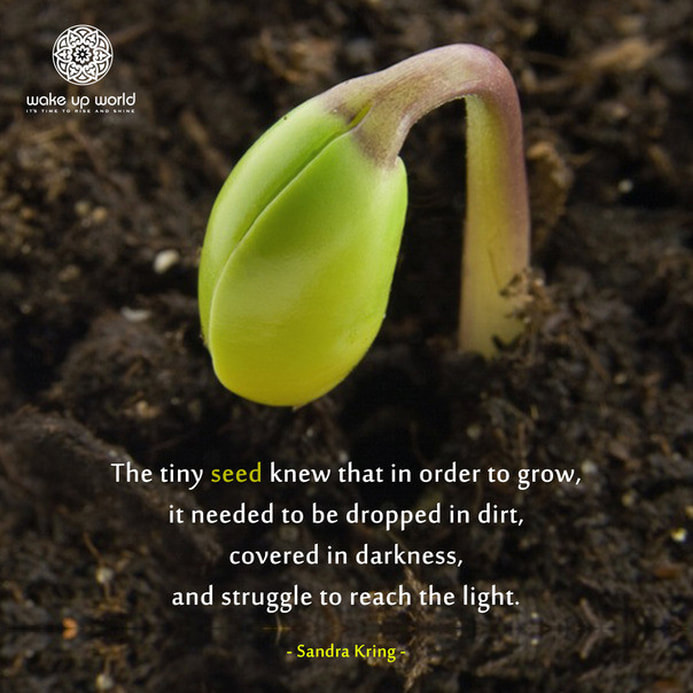Electrical discharges given off by the leaves of plants during a thunderstorm
can significantly alter the surrounding air quality
When lightning flashes above, plants on the ground may respond in kind.
Scientists have long been aware that plants and trees can emit small, visible electric discharges from the tips of their leaves when the plants are trapped beneath the electrical fields generated by thunderstorms high overhead. These discharges, known as coronas, are sometimes visible as faint, blue sparks that glow around charged objects.
Now, new research suggests those plant-based sparks may be altering the surrounding air quality in ways never recognized before. But whether the impacts of these minishocks in the atmosphere are positive or negative remains unclear.
In the study, published Aug. 9 in the Journal of Geophysical Research: Atmospheres, researchers recreated the electrical fields from thunderstorms in a laboratory and analyzed the coronas given off by eight plant species under a range of conditions. The results showed that all of the coronas created a high abundance of radicals — chemicals containing unpaired electrons that are highly reactive with other compounds — which can significantly alter the surrounding air quality.
"While little is known about how widespread these discharges are, we estimate that coronas generated on trees under thunderstorms could have substantial impacts on the surrounding air," lead study author Jena Jenkins, an atmospheric scientist at Penn State University, said in a statement.
Coronas can be seen discharging at the tips of leaves during the experiments.






 RSS Feed
RSS Feed